Eclipta L.
false daisy, yerba de tago
Asteraceae
warm-temperate to tropical New World
common pond inhabitant but not currently cultivated commercially
Old World
sometimes treated as a weed
helophytic, sometimes floating herb, ascending to erect
Taproot shallow, with fibrous laterallateral:
(adj) on or pertaining to the side of an organ or structure
roots. Stem creeping or erect. Foliage with white, stiff, appressedappressed:
(adj) pressed closely to or lying flat against
hairs. Leaves oppositeopposite:
(adj) (of leaves) two leaves per node; in pairs on opposite sides of an axis
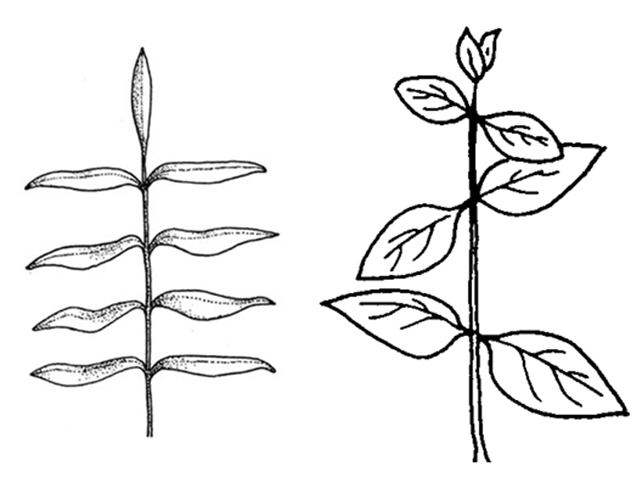 , decussatedecussate:
, decussatedecussate:
(adj) arranged along stem in pairs, with each pair at right angles to the pairs above and below
 ; ± sessilesessile:
; ± sessilesessile:
(adj) attached directly, without a stalk
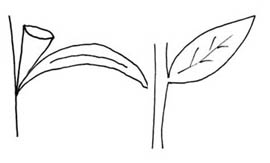 ; leaf bladeblade:
; leaf bladeblade:
(n) (syn. lamina) the flat, expanded part of a leaf, frond, or petal (excluding, e.g., the petiole)
 lanceolate to elliptic; apexapex:
lanceolate to elliptic; apexapex:
(n) the point farthest from the point of attachment; the tip (often pointed)
acuteacute:
(adj) tapering to a sharp, pointed apex with more or less straight sides; broader than acuminate; forming an angle of less than 90 degrees
 ; base acuteacute:
; base acuteacute:
(adj) tapering to a sharp, pointed apex with more or less straight sides; broader than acuminate; forming an angle of less than 90 degrees
 ; marginmargin:
; marginmargin:
(n) edge; rim
entireentire:
(adj) having a continuous margin that is not toothed or lobed
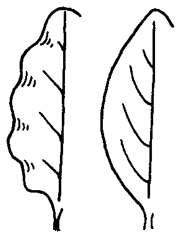 to serrulateserrulate:
to serrulateserrulate:
(adj) minutely serrate
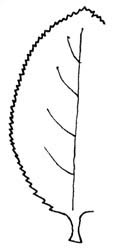 . Inflorescenceinflorescence:
. Inflorescenceinflorescence:
(n) the arrangement of flowers on the floral axis
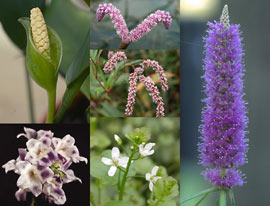 a terminalterminal:
a terminalterminal:
(adj) at the apex
or axillaryaxillary:
(adj) in, of, or produced from an axil
radiate headhead:
(n) inflorescence consisting of small closely packed stalkless flowers or florets arising at the same level on a flattened axis; of several types, including: discoid (composed entirely of disk flowers) and radiate (composed of central disk flowers and marginal ray flowers)
, solitary or with a few in a cyme-like cluster; small. Involucreinvolucre:
(n) a whorl of bracts subtending a flower, flower cluster, or inflorescence
campanulatecampanulate:
(adj) bell-shaped
 , broadly flared in flower; phyllariesphyllaries:
, broadly flared in flower; phyllariesphyllaries:
(n) an individual bract of the involucre in Asteracea flower heads
ovateovate:
(adj) egg-shaped in outline; generally with the broad end at or near the base
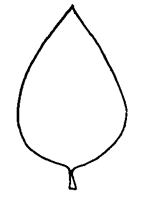 to lanceolatelanceolate:
to lanceolatelanceolate:
(adj) lance-shaped; widest point below the middle, tapering to the apex
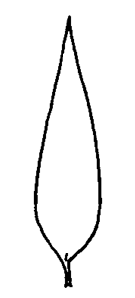 , in 2 subequal rows, free, overlapping, persistentpersistent:
, in 2 subequal rows, free, overlapping, persistentpersistent:
(adj) (of leaves etc,) remaining attached; not being dropped or falling off
. Receptaclereceptacle:
(n) the portion of the pedicel on which the flowers are borne, or in the Asteraceae, the portion of the peduncule upon which the florets of the head are borne
flat to convex, with bristle-like paleae; ray florets biseriate, pistillate, ligulateligulate:
(adj) possessing or with a ligule
, 2-lobed; disk florets bisexualbisexual:
(adj) having both male and female sexual reproductive structures on one individual or in one flower
, corollacorolla:
(n) the inner whorl(s) of the perianth; all the petals of a flower
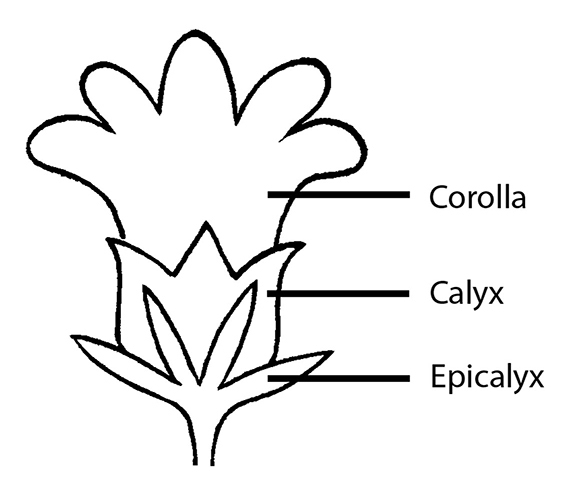 tube 4-5-lobed, stamens 5, ovaryovary:
tube 4-5-lobed, stamens 5, ovaryovary:
(n) a hollow organ at the base of the carpel of a flower in which ovules are produced
inferior, stylestyle:
(n) in a flower, the narrow and elongated part of the pistil between the stigma and the ovary
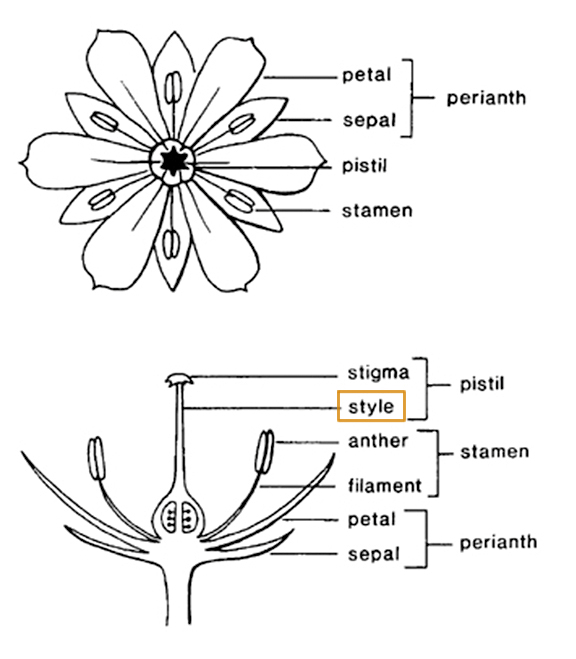 branches obtuseobtuse:
branches obtuseobtuse:
(adj) with a blunt or rounded apex and sides coming together at an angle of more than 90 degrees
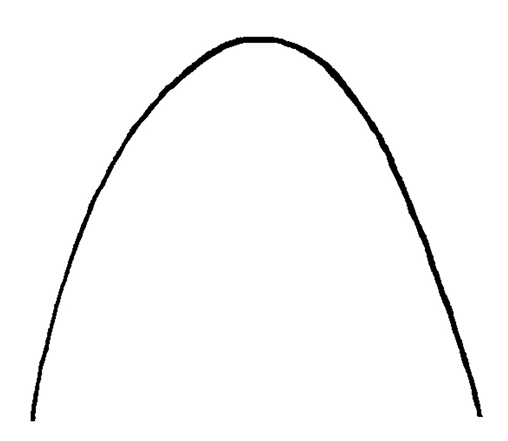 ; white or yellow.
; white or yellow.
moist places, freshwater marshes, pond and stream margins, and irrigated agricultural fields
Eclipta prostrata is a facultative wetland indicator species in the western United States and is also sold under the synonym E. alba. There are about ten species in the genus.